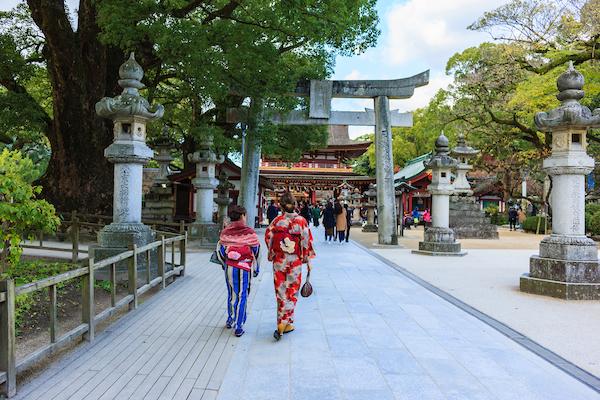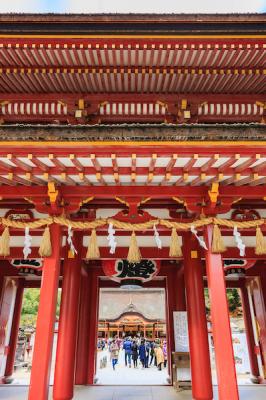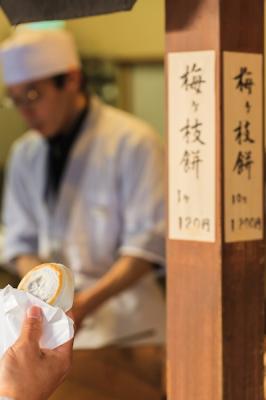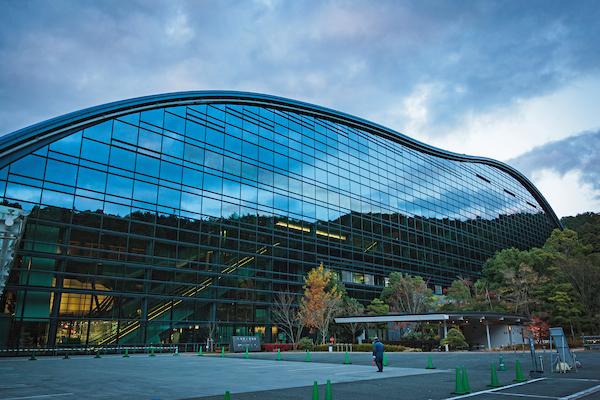Dazaifu Tenmangu Shrine (Fukuoka)



Kyushu National Museum
Now this museum is special! I’ve visited Dazaifu Tenmangu many times to view autumn ‘koyo’ (the changing colours) and the famed plum and cherry blossoms in spring but I’d never actually entered the museum, only seen the distinct wave like architectural from afar. I was privileged to be given a tour of the museum by the public relations director. It was yet another eye-opening learning experience, viewing the ancient artifacts dating as far back as the 4th century (and earlier). It brought home how rich the history and culture of Kyushu is. I would thoroughly recommend a visit. They also feature an interactive display about the exchange of goods and produce between China and Japan. A great ‘hands-on’ experience getting to touch old coins, silk fibres and smelling produce from the spice trade. I also got to dress up in a Yamakasa outfit. Yamakasa is an annual festival held in Hakata that has taken place pretty much every year (in July) since the 12th century.



